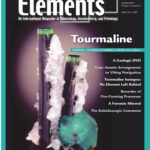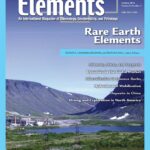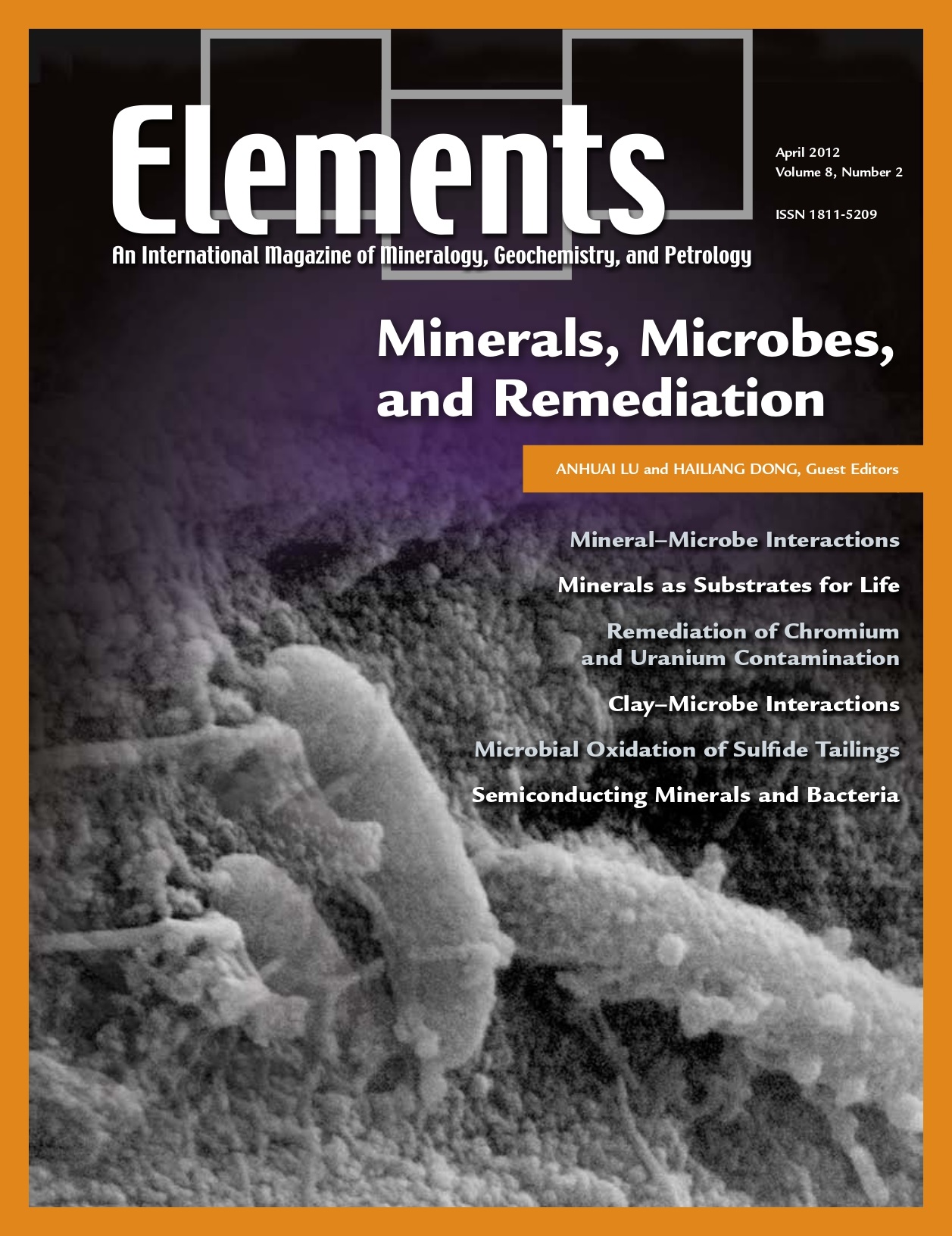
Tourmaline, October 2011, Vol. 7, No. 5
June 28, 2024
Rare Earth Elements, October 2012, Vol. 8, No. 5
June 28, 2024Minerals, Microbes, And Remediation, April 2012, Vol. 8, No. 2
$20.00
Studies of mineral–microbe interactions lie at the heart of the emerging field of geomicrobiology, because minerals are the fundamental Earth materials with which microbes interact. Microbes are found in a number of the Earth’s extreme environments and also in extraterrestrial materials.
Minerals, Microbes, And Remediation
April 2012, Vol. 8, No. 2
Studies of mineral–microbe interactions lie at the heart of the emerging field of geomicrobiology, because minerals are the fundamental Earth materials with which microbes interact. Microbes are found in a number of the Earth’s extreme environments and also in extraterrestrial materials. In spite of the diverse geological environments in which microbes are found and the various approaches taken to study them, a common thread—mineral–microbe interactions—connects all these environments and experimental approaches and places them under the same umbrella: geomicrobiology. Minerals provide microbes with energy and living habitats, and microbes impact mineral weathering and diagenesis. The of mineralogy, and microbes discovered in various habitats have provided micro biologists with unique opportunities for study. This issue considers microbially mediated mineral dissolution, precipitation, and transformation, and the synergistic relation between minerals and microbes for energy acquisition. These interactions have important implications for contaminant remediation.
Why You’ll Love Elements Magazine:
- Expert Contributors: Articles written by renowned researchers in the field of geoscience.
- Engaging Content: Join a community of readers who are passionate about Elements.
- Exceptional Quality: Each issue is printed on high-quality paper with stunning visuals and detailed illustrations that bring complex scientific concepts to life.
Order your copy of the April 2012 issue of Elements magazine today and explore minerals, microbes, and remediation.
Related products
-
Carbon Dioxide Sequestration, October 2008, Vol. 4, No. 5
$20.00Storage of carbon in the subsurface involves introduction of supercritical CO2 into rock formations beneath the surface of the Earth, typically at depths of 1000 to 4000 meters. Although CO2 is a relatively benign substance, the volume being considered is large.
-
Glasses And Melts: Linking Geochemistry And Materials Science, October 2006, Vol. 2, No. 5
$20.00Geological interest in studying melts stems from early recognition that melts play a fundamental role in determining the physical and chemical behaviour of magmas and magmatic processes. However, due to the inherent difficulties associated with working at high temperatures, much of the geological research over the last 30 years has used quenched melts or glasses as proxies for melts themselves.
-
Diamonds, March 2005, Vol. 1, No. 2
$20.00Diamond, the fascinating ultrahard mineral, is the focus of considerable interest and scientific research. Recent advances particularly relevant to geoscientists include: diamond as a recorder of Earth processes from the perspective of inclusions, chemistry, and conditions of formation; synthesis for research applications and processing to modify color and physical properties, important to diamond gems and anvils; the implications of nanodiamonds from meteorites.




